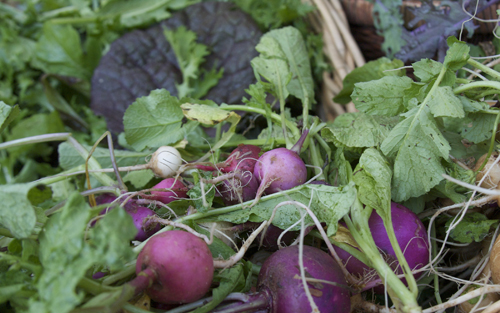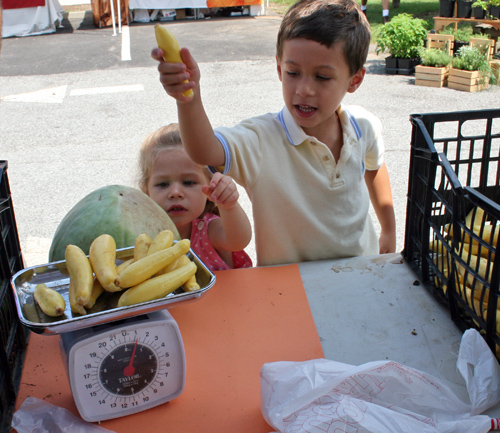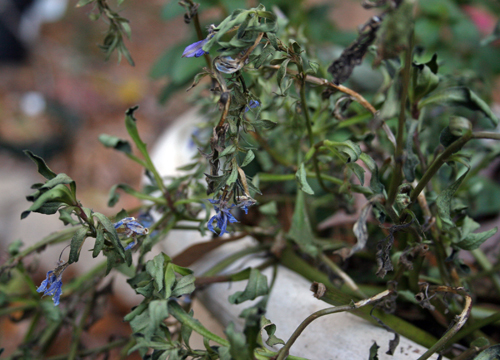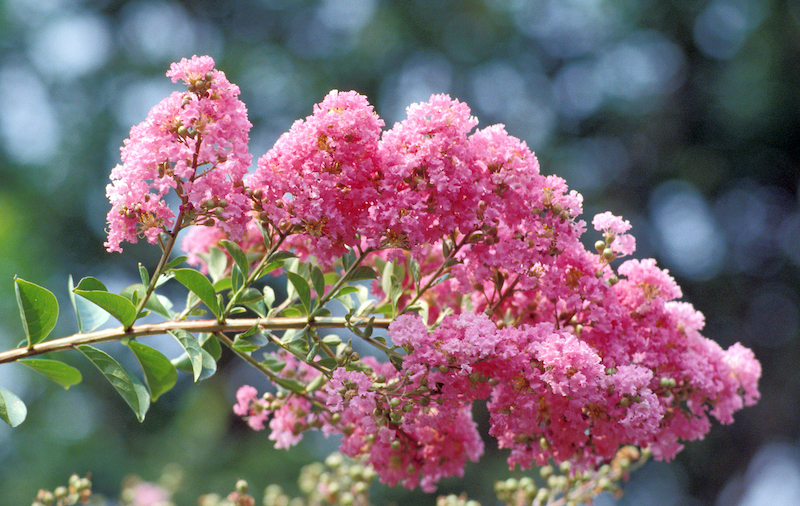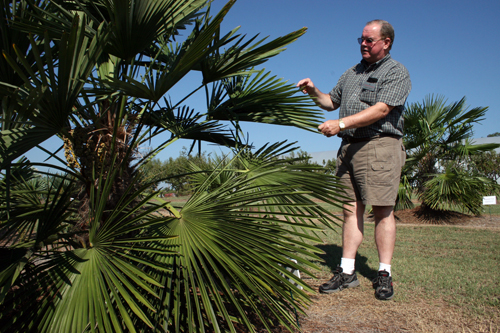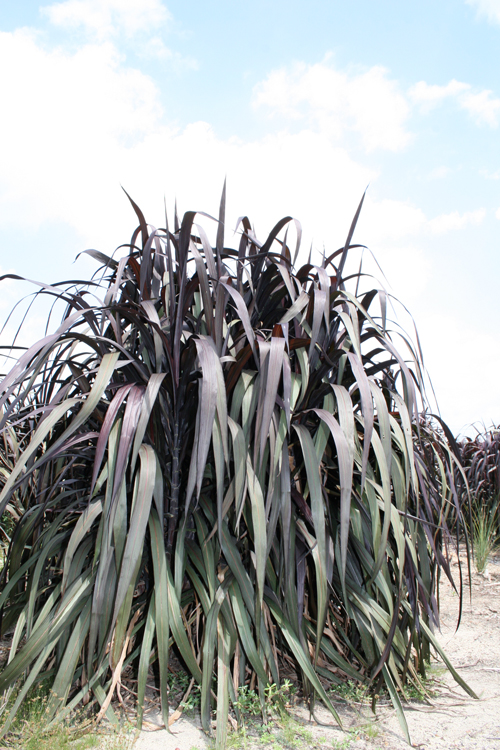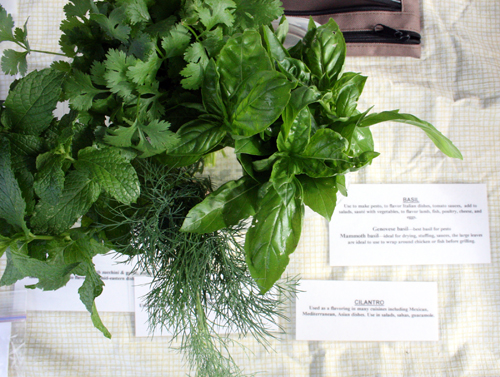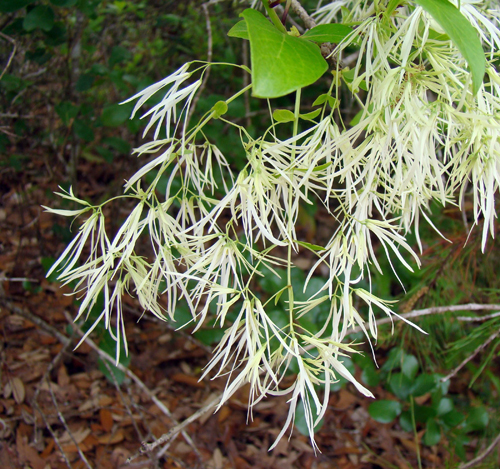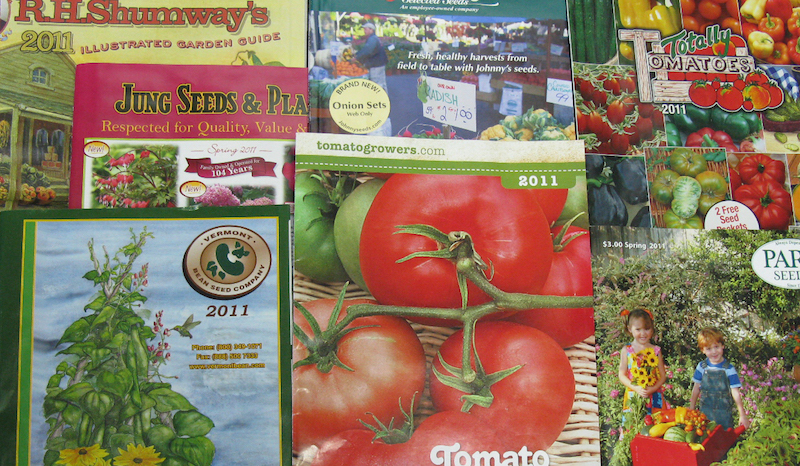 CAES News
CAES News
Picture perfect = proper plants
Many gardeners are already planning vegetable and flower gardens by looking longingly through plant and seed catalogs. Pictures of perfectly grown fruits and vegetables make gardeners anticipate their own bounty of beautiful, homegrown produce.

